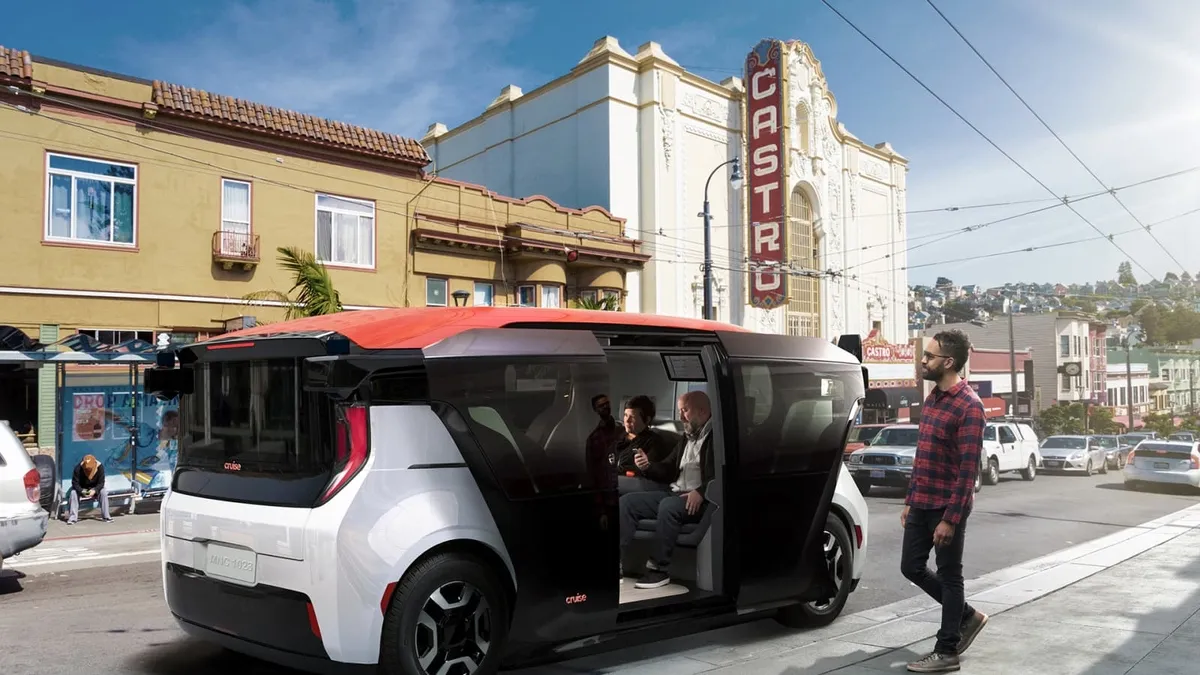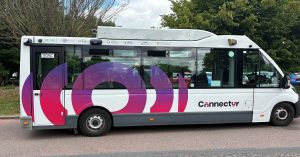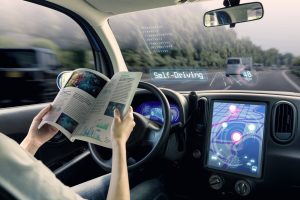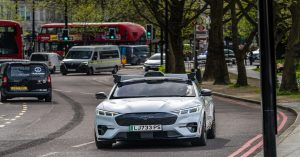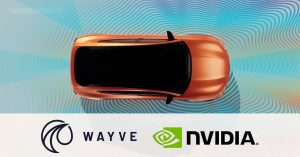General Motors (GM) is halting production of its Origin self-driving shuttles for Cruise, its autonomous driving technology unit, following a directive from California authorities to cease operations after a recent pedestrian incident in downtown San Francisco. This development was first reported by Forbes, referencing statements made by Cruise CEO, CTO, and co-founder Kyle Vogt during an all-hands meeting with company employees.
According to Vogt, Cruise has already manufactured hundreds of Origin vehicles in collaboration with GM, and he asserted that this quantity is sufficient for the immediate future when production resumes. In response to the situation, GM stated via email that it is “finishing production on a small number of pre-commercial vehicles and after that, plan to temporarily pause production.”
The recent setback stems from an October pedestrian crash involving one of Cruise’s autonomous vehicles in San Francisco, prompting the California Department of Motor Vehicles (DMV) to deem Cruise’s vehicles “not safe for the public’s operation.” The DMV accused the company of providing misleading information regarding the safety of its autonomous technology. In the wake of the incident, Cruise opted to voluntarily suspend its U.S. testing operations as it conducts a comprehensive safety evaluation of its autonomous vehicle technology.
Cruise had achieved a significant milestone in June 2021 when it became the first company to receive a permit from California’s Public Utilities Commission for providing passenger test rides in self-driving vehicles without a safety driver present. However, this progress came to a standstill as state regulators assessed the safety implications of the technology following the pedestrian collision.
The California DMV, responsible for regulating autonomous vehicle deployments in the state, not only halted Cruise’s operations but also emphasized that the company, along with its autonomous vehicles, posed a safety risk. This move had a substantial impact on Cruise, which, along with Waymo, Mercedes-Benz, and Nuro, was one of only four entities granted a permit by the California DMV to deploy autonomous vehicles on public roads.
Cruise had been actively testing its self-driving vehicles on San Francisco’s public roads for several years, with the aim of launching an autonomous ride-hailing service featuring a fleet of self-driving Chevy Bolt EVs. The company had ambitious plans to incorporate multi-passenger Origin shuttles into its fleet, intending to deploy 5,000 of these shuttles nationwide as part of Cruise’s expansion strategy for its ride-hailing service.
GM’s involvement with Cruise dates back to 2016 when the automaker invested approximately $1 billion in the autonomous driving technology company. This strategic investment was intended, in part, to catalyze GM’s own advancements in self-driving technology. More recently, in March 2022, GM acquired SoftBank’s $2.1 billion stake in Cruise, further solidifying its commitment to autonomous driving technology.
As Cruise navigates the challenges arising from the recent regulatory scrutiny and the temporary suspension of its operations, the autonomous driving sector is reminded of the ongoing complexities and safety considerations inherent in deploying self-driving vehicles on public roads. The outcome of Cruise’s safety evaluation and its ability to address regulatory concerns will likely shape the future trajectory of autonomous vehicle deployments, not only in California but potentially nationwide.

